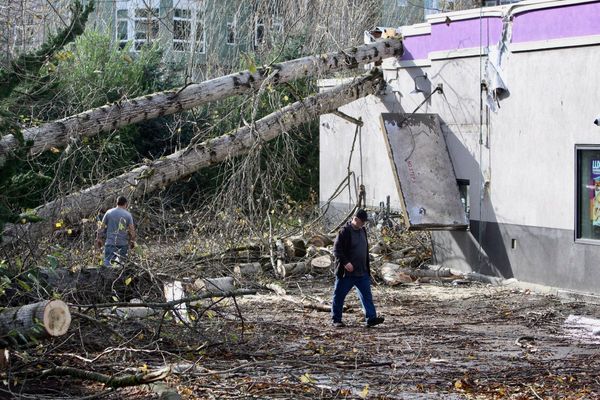
France's Ministry of Culture on Monday filed an application to have the beaches in Normandy that were the site of the D-Day landings during the Second World War and the medieval fortresses of Carcassonne added to Unesco's list of World Heritage Sites.
The applications, which the United Nations cultural arm will examine in July 2026, were developed in collaboration with the municipal and regional councils that administer the two sites, according to a Ministry of Culture communiqué.
The D-Day landings on beaches along the Normandy coast in 1944 turned the tide of the Second World War in Europe. The Ministry said the beaches represent a "place of gathering around a universal message" and carry "the memory of a fight for freedom and peace".
The area proposed for Unesco World Heritage status is made up of the five sectors of the Landings as defined by the Allies in 1944: Utah Beach, Omaha Beach, Juno Beach, Gold Beach and Sword Beach, spanning more than 80 kilometres of coastline.
The coastline is littered with the legacy of the war, from the bunkers of the Atlantic Wall to the wrecks of French, English and German warships.
The application was initiated in 2014 and initially submitted in 2018 but its examination by the Unesco World Heritage Committee scheduled for 2019 was postponed, with the organisation saying it was considering "the evaluation of sites associated with recent conflicts".
Cultural treasures in Africa and French Polynesia join Unesco heritage list
'The logical next step'
The committee lifted this moratorium in January 2023, allowing memorial applications submitted before 2022 to be examined outside the quota of one application per year and per state, the Ministry said.
"We all hope that this application will succeed, it is the logical next step in the process of remembrance and commemoration," Michael Dodds, director of the Normandy Regional Tourism Committee, told French news agency AFP.
Remembering D-Day's heavy toll on French civilians
Unesco has adopted several guiding principles concerning the participation of all stakeholders potentially affected by a conflict.
Since then, five memorial sites have become World Heritage Sites, including 139 burial sites from the First World War located in France and Belgium, and four memorials commemorating the Tutsi genocide in Rwanda.

France's second application concerns "the system of fortresses of the Seneschal of Carcassonne, built in the 13th to 14th centuries".
This system is made up of eight monuments situated between the departments of Aude and Ariège: the ramparts of Carcassonne and the nearby castles of Lastours, Termes, Aguilar, Peyrepertuse, Quéribus, Puilaurens and Montségur, the Ministry said.
"Built on rocky peaks in grandiose landscapes," these monuments "illustrate a pivotal period in history and offer a unique example of military architecture giving them exceptional universal value".
(with AFP)







